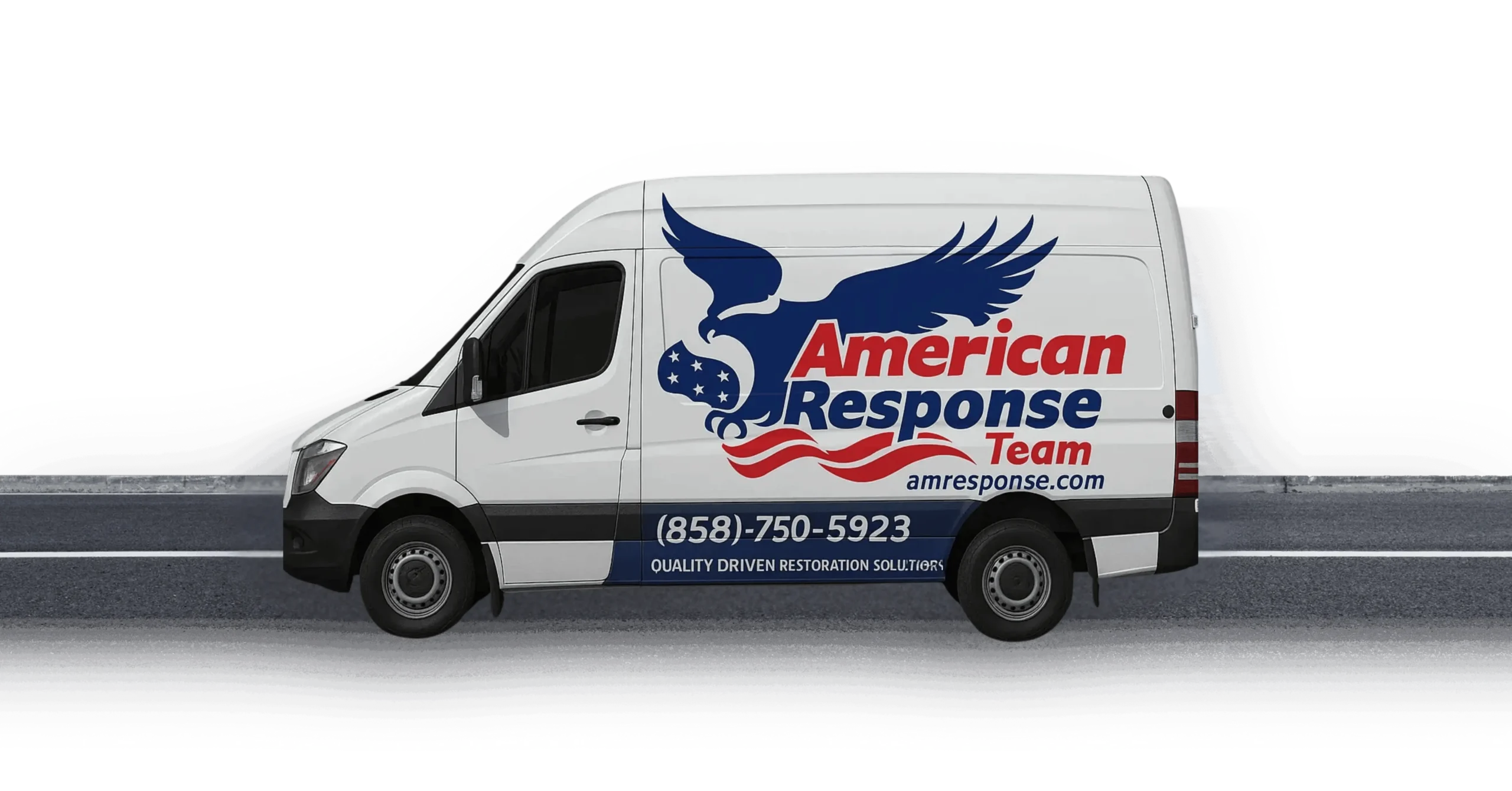In a sunny city like San Diego, moisture often comes from indoor activities rather than rain. Ever noticed a musty smell after a small leak under your sink? Using mold-resistant materials is your best defense to stop mold before it starts. In this guide, you’ll discover what makes these products work and how to choose the right solutions for kitchens, bathrooms, and basements. By picking the right materials, you’ll save time, money, and stress down the road. Let’s dive in and secure your home against unseen mold growth.
Understand Mold-Resistant Materials
Mold-resistant materials are designed to withstand moisture and deprive mold spores of the conditions they need to thrive. Unlike standard building supplies, these options often include antifungal additives or nonporous surfaces that block water absorption. When you pick the right materials, you’re taking a huge step toward long-term mold prevention.
What Are They
At their core, mold-resistant products feature one or more of these traits:
- Additives such as fungicides, wax, or antimicrobial agents
- Nonorganic composition like certain plastics, metals, or treated gypsum
- Moisture-repelling facings or coatings
How They Work
By combining moisture resistance and antimicrobial properties, these materials stop mold spores from settling in. For example, a paint infused with fungicides forms a waterproof barrier on your walls. Some products even release biocidal agents when humidity rises, actively killing spores on contact. That barrier keeps humidity out and blocks mold from taking hold.
By selecting these materials, you reduce potential health risks and avoid costly remediation later. Over the long run, mold-resistant products save you time, money, and worry.
Spot Key Characteristics
Knowing what to look for helps you choose wisely at the store or when hiring a contractor. Here are the three must-have traits of any mold-resistant solution.
Moisture Resistance
Materials with a water-repellent finish or nonporous surface prevent moisture buildup in the first place. When water can’t seep in, spores can’t feed.
Nonorganic Composition
Mold feeds on organic matter such as paper, wood, or standard drywall. Opting for nonorganic products—like PVC panels or fiberglass-based drywall—removes that food source. Less fuel means less mold growth and a healthier indoor environment.
Breathability
Good airflow reduces trapped humidity and keeps surfaces dry. Some mold-resistant gypsum boards offer breathability that lets moisture escape. Better ventilation often means healthier walls, ceilings, and fewer hidden mold spots.
Explore Common Options
Ready to see these materials in action? Here are the top choices you’ll find for various parts of your home.
Drywall And Panels
Drywall and wall panels form the backbone of many interior spaces. Upgrading to mold-resistant versions is a smart move in moisture-prone rooms.
Mold-Resistant Drywall
Also known as green board or purple board, this drywall has a fiberglass facing that repels moisture. It’s ideal for high-humidity areas like bathrooms and basements. Installation mirrors standard drywall methods, so your contractor won’t need extra training.
PVC Panels
Mold-resistant PVC panels come with a 100% nonporous and antimicrobial surface that resists water completely. These panels snap together for a seamless look and are easy to wipe clean after splashes in laundry rooms or garages.
Paints And Coatings
Mold-resistant paints contain fungicides and antimicrobial agents that form a protective barrier on walls and ceilings. They work best when paired with proper ventilation in moisture-prone spaces. Applying two coats ensures full coverage, and using a primer sealer before paint helps it adhere better. Bathrooms, laundry rooms, and basements are perfect spots for this extra layer of defense.
Flooring Solutions
Nonporous flooring materials naturally resist mold and moisture. Consider these options:
- Ceramic or porcelain tile stands up to water and stays dry under grout
- Vinyl plank flooring offers a cost-effective, waterproof solution
- Engineered wood with a moisture-resistant core balances style and function.
To keep tile looking its best, seal grout lines annually. If you choose vinyl, sweep and mop regularly to prevent dirt buildup.
Insulation Picks
Certain insulation types help control humidity before it damages structure. Closed-cell spray foam seals air leaks, repels moisture, and adds energy efficiency. Fiberglass insulation with a moisture-resistant facing limits water buildup and often includes antimicrobial additives. Closed-cell foam works great in crawl spaces and rim joists, while fiberglass batts shine in attic floors.
Install And Maintain Properly
Even the best materials need correct installation and upkeep to perform their best. Follow these tips to make sure your investment holds up over time.
Installation Tips
- Prep surfaces by removing old paint, caulk, or damaged material
- Test existing moisture levels with a meter before you begin
- Follow manufacturer instructions on adhesives, fasteners, and spacing
- Seal joints and seams with mold-resistant caulk or tape
- Allow recommended curing time before exposing to humidity
Maintenance Practices
- Wipe down surfaces regularly to remove dust and moisture
- Inspect caulk lines and touch up any cracks or gaps
- Check for bubbling, peeling paint, or discoloration at least twice a year
- Reapply antifungal coatings every few years in high-moisture areas
- Make sure gutters and downspouts direct water away from your foundation
Combine With Other Strategies
Materials are only part of the solution. Combining them with additional mold prevention tactics gives you total peace of mind.
Ventilation And Dehumidifiers
Good airflow and humidity control go hand in hand. Use exhaust fans in bathrooms and kitchens, and consider adding a whole-house dehumidifier if your indoor humidity creeps above 50 percent. You can even hook up smart sensors to monitor moisture levels remotely.
Routine Inspections
Catch moisture problems early by checking under sinks, behind appliances, and around window frames at least twice a year. Look for water stains, warping wood, or musty odors. Early detection saves you big repair bills down the road.
Leverage Mold Prevention Products
Alongside mold-resistant materials, targeted mold prevention products like moisture-absorbing packets or antimicrobial sprays add extra protection. After any water incident, follow our mold prevention products guide and learn more about how to prevent mold growth.
Key Takeaways
- Choose mold-resistant materials with moisture resistance, nonorganic makeup, and breathability
- Explore options like treated drywall, PVC panels, antifungal paints, and waterproof flooring
- Use a clear cost-benefit table to guide your budget and decision
- Ensure proper installation, periodic maintenance, and routine inspections
- Pair these materials with ventilation, dehumidification, and targeted products for total mold prevention
Try swapping in one mold-resistant product on your next home update, and you’ll notice the difference in moisture control and peace of mind. If you or someone you know is dealing with mold call us today for a free mold inspection in san diego.

